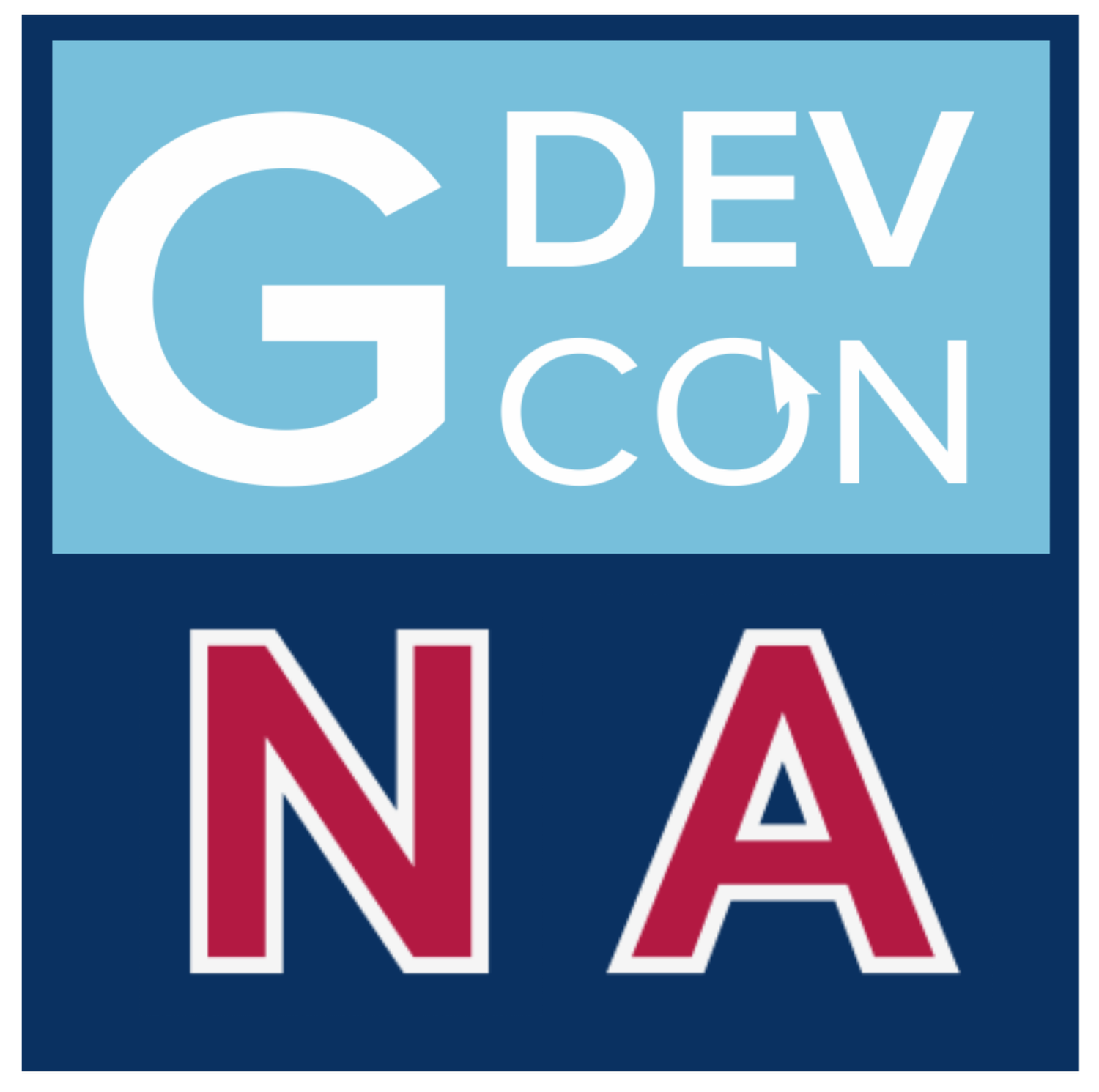






Carsten Thomsen
From Hollerith Cards to LabVIEW and beyond…Lessons learned
Designing software/hardware systems: LabVIEW as an engineering tool and OOPs, dreams and reality, complexity and simplicity, control and motivation, innovation and discipline, personality and chemistry, tools and skills, speed and quality, macro and micro, hard work and fun.
Bio:
Carsten has a BA in Math and Physics which took a hard turn into electronics, engineering hardware, and software management. He worked at Brüel & Kjær in Denmark from 1973 to 1993, National Instruments in Austin from 1993 to 2000 and back in Denmark for DELTA (FORCE Technology).
At NIT he was VP of engineering, responsible for working with the team leaders of GP-IB , DAQ, VXI, PXI, ASICs, Mechanical, Engineering Services, DAQ-mx, LabVIEW, LabWindows CVI, Lookout (Georgetown), BridgeVIEW, HiQ, Vision.
2025 Featured Presenters
Katya Prince
Building a Career as a LabVIEW Consultant: Dispelling the Myths
Being a LabVIEW programmer can lead to a multitude of career paths; from becoming the head of a test lab in a fortune 500 company to being a Lead Software Architect in a System Integrator and everything in between. Something often not considered is working as a LabVIEW Consultant. The role of a LabVIEW Consultant is not taught in schools and is often shrouded in mystery. This talk will discuss and attempt to dispel 10 myths surrounding LabVIEW Consultants (and solopreneurship in general) to help you decide if this is the career path for you.
Bio:
Katya Prince has been working with LabVIEW for over 30 years. She taught herself LabVIEW as a graduate student as a way to avoid doing research and fell into the test and measurement industry with her first job out of school. In 1998 she started her consulting company, Prince Consulting, LLC. Since then, she has used LabVIEW to create custom software solutions in a myriad of industries. Even after all these years, she is still enthralled by the thought that pushing a bunch of one and zeros together can solve real-world problems.
Andy MacDonald
Risky Business
In an era of incredible uncertainty, it is up to us to enact the change in the world we yearn for. As engineers, scientists, and technologists, we play a pivotal role in the advancement of humanity. Much of our impact depends on our willingness to have courage and take risks, yet university and corporate life does a poor job at teaching these skills. This presentation aims to outline some of the data and methods behind how we, a group of people trained to avoid risk, can embrace risk-taking to better advance test & measurement technology, humanity, and ourselves.
Bio:
Andy MacDonald is a mechanical engineer who spent a decade in the manufacturing world. He was inspired by the power and potential of LabVIEW and saw a hole in the market. He decided to start a company, VoxSomnia, to try to fill it, while creating secure jobs and prosperity for our community in the process. He is a historian turned engineer who feels strongly that it is our duty to improve the world. VoxSomnia is based in Chicago and has been running two years strong
2025 Presenters
-

Derrick Bommarito
Vast Space
What's new with CTI?
Community Training Initiative (CTI) is a community driven endeavor to democratize LabVIEW training and enable learning to interact with hardware at very little cost. The hardware centers around Raspberry Pi's Pico family of boards and we'll take a look at the new capabilities that are being added including support for the Pico W, UART, I2C, and SPI, along with new tooling for configuring and getting started.
-

Tom Brass
Choose Movement Consulting
Tom's Timely Tips and Tricks
Each week at Choose Movement Consulting one of our engineers presents a new tip or trick about LabVIEW, Windows, or some life hack related to work. This presentation will cover the best tips and tricks as voted on by CMC employees!
-
Chris Davis
Amentum, Engineering & Technology, Advanced Solutions
Time Series Databases and Web Based Clients: Essential Tools for the Modern Data System
This presentation will explore time series databases, how they work, and how they could be useful to your data acquisition system. We will explore the added capabilities that can be gained when combining a timeseries database with a web-browser based viewer that allows users of your data acquisition system to develop their own web based dashboards for viewing live and historical test cell data in their web browser. Combining these applications with the correct test cell network design can allow customers who are not able to be physically present for a test to monitor live and historical data in real time.
-

Fadil Eledath
DMC, Inc.
LabVIEW Autocomplete
By converting LabVIEW block diagrams into directed graphs and then Markov chains, we can make estimates of what blocks we most expect to follow a sequence of preceding blocks. This simple principle yields results that are surprisingly powerful and useful in situations where more complex AI models may not be ideal. In my presentation, I'll demonstrate the process I used to create graph representations of code, how I indexed them into a simple model, and the pros and cons of such an approach. I'll also provide a live demo of the model in action.
-

Jim Fowler
Cisco Systems
Fun With User Interface Abstraction
This presentation demonstrates how to implement multiple user interfaces for an application without requiring any of the user interfaces to implement any functionality. Advantages to this approach include eliminating the potential need to write multiple variants of the application and the ability to customize user interfaces for different use cases with minimal or no changes to the application.
The implementation presented is elegant, scalable, reusable and is bound to afford developers maximum flexibility in meeting changing interface requirements without impacting a project's schedule.
-

Aaron Gelfand
Gelfand Technology
Alternative LabVIEW UI’s – Dynamic User Interfaces without Traditional Controls
Common LabVIEW complaints include UI limitations such as the lack of multistate controls and the inability to add or remove controls on the fly. This presentation demonstrates a reuse library that allows users to create new UIs on the fly without a development license. The UIs can also have multi-state controls (tri-state, quad-state, octal state, and more). The generated UIs allow User Interaction and the ability to change image sub-properties (such as colors, positions, and visibility) dynamically.
-

Joerg Hampel
Hampel Software Engineering
Small Company, Big Threats: Cybersecurity for the Rest of Us
Cybersecurity is no longer optional—any digital product faces increasing regulations like the EU Cyber Resilience Act and NIST Framework. At HSE, we launched an internal cybersecurity project to tackle compliance, dedicating a part-time employee to navigate requirements and prepare for audits. This isn’t a one-time effort; cybersecurity will remain a long-term focus. In this talk, I’ll share our journey so far—what we’ve learned, the systems we’ve implemented, and practical steps for small businesses entering this space.
-

Derek Kultgen
Argonne National Laboratory
LabVIEW at a Large Scale R&D Facility
LabVIEW is used for the U.S.’s largest sodium R&D ecosystem, interfacing with over 100 devices across Argonne National Laboratory’s campus. Standardized framework and an encompassing data access mechanism was essential for reliable operation of the 24/7/365 facility. Data silo’s were broken using webservices, enabling Industry 4.0/5.0 technologies such as extended reality (XR) and machine learning/artificial intelligence (ML/AI) to carve a path for optimal operation and maintenance of next generation nuclear power plants.
-

Norm Kirchner
Emerson/NI
The complex relationship of You, Jay and I : Practical DSP we all failed or forgot but really need to understand.
All too often automation and test engineers say “…yeah, I recall something like that once upon a time in college, but can’t it’s all fuzzy now” and quickly fall back into poor rules of thumb. These crutches are preventing us from fully unleashing the power built right into LabVIEW and letting people think they need to export to CSV’s and go to python to process and display data <Insert Scream>. NO MORE! This session aims to shore up our weak foundations and show why some very very practical math and understanding can help us really show off what engineers ‘really get’ when they leverage a platform designed to not only connect to real world signals, but DESTROY processing times when stacked up against common competition.
-

Tom McQuillan
JKI
Orchestrating Innovation: Creating a MIDI Interface in LabVIEW
Merging my novice piano playing with LabVIEW development led me to create an automated practice system, despite my teacher's scepticism. This project grew into a comprehensive MIDI interface for LabVIEW, involving MIDI file drivers, C++ wrappers for DLL callbacks, and custom UI solutions. Beyond music, this presentation offers practical tools for leveraging existing protocols and codebases to create innovative solutions.
-

Darren Nattinger
Emerson/NI
Everything You Need to Know about VI Scripting in LabVIEW
Performing repetitive tasks in any area of life can be draining. This is especially true in programming, where time spent repeatedly making the same mechanical edit (or visually searching for some hidden problem) is time that you could have spent being creative. In the LabVIEW world, the technology that enables programmatic code modification and inspection is called VI Scripting. Whether you want to add a new VI-based feature to the LabVIEW editor, or programmatically find and fix a specific issue in your codebase, VI Scripting is the technology that enables you to automate repetitive tasks so you have more time to implement all your brilliant ideas. Most of my career has involved writing scripting code, so naturally, I'll be condensing 26 years worth of knowledge into 50 minutes. Let's goooooo....
-

Greg Richardson
Emerson/NI
Behind the Scenes of the LabVIEW Compiler
Ever wondered how your graphical code actually runs? Have you heard terms like clumping, inplaceness, or DFIR but aren't sure what they mean? This presentation will demystify these concepts and provide a glimpse into how LabVIEW transforms your diagrams into CPU instructions. Whether you're a seasoned developer or just starting out, being armed with this information can provide valuable insights to enhance your programming skills and make informed decisions for better performance. Don't miss this opportunity to elevate your coding expertise!
-

Paul Ross
Composed Systems
LabVIEW Interfaces – Exploring Their Potential For Improving Our Code
Interfaces have been a part of LabVIEW for several years now, but are you making the most out of them? Do you ever question when you should use an interface versus an abstract LabVIEW class? Lets explore this LabVIEW feature, looking at how thin interfaces can improve the useability of our APIs, how simple scripting tools for interfaces can drastically decouple legacy code, along with a few potentially unconventional ways I’ve incorporated them into my software.
-

Hunter Smith
JKI
Sweetening LabVIEW with Syntactic Sugar
Syntactic Sugar is a programmer's best friend – elegant shortcuts that make code cleaner, smaller, and more readable. In LabVIEW, simple operations like array-to-set conversions or string list formatting can become sprawling block diagrams, leading to visual clutter, repetitive coding, and inconsistencies. In this session, discover G-Sugar, a new open-source library designed to bring the power of syntactic sugar to your LabVIEW projects. But this isn't just a lecture! Prepare for an interactive code review and discussion where we'll dive into G-Sugar's functionality and collaboratively identify common LabVIEW patterns ripe for sugarcoating.




